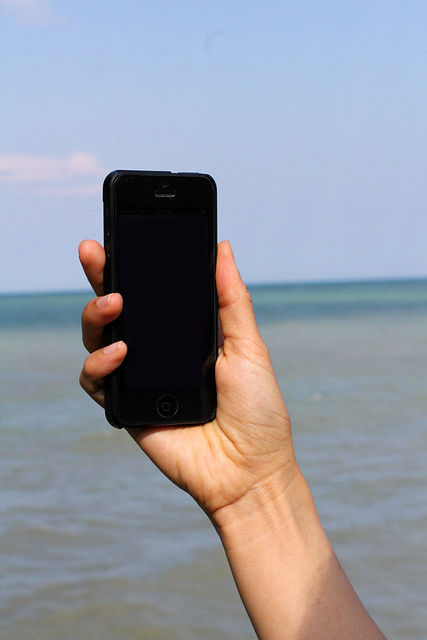While cameras haven’t entirely gone out of mainstream use, it is much more common to snap images with phones.
Sure, point and shoot cameras still have their uses, but when it comes down to convenience and the majority of pictures we take, mobile devices certainly take the cake, and using the right smartphone tips can help you to make sure that you’re getting the most out of the images you grab with that device.
There is no way that you’ll ever get the same quality picture out of a smartphone as a DSLR camera.
That said, as long as you’re just looking to take some great pictures and not turn yourself into a professional wedding or landscape photographer, the right smartphone tips will make that device everything you need for everyday picture taking. These tricks can help you to have the most crisp, attractive, and overall great photos. And just so you know, you will not find the use of a selfie stick in this list!
The following 6 smartphone tips will help you to get the best possible photos out of your device.
1. Use the back camera – front facing cameras are typically meant for selfies. That’s why they’re located above the display; so you can see what you’re doing. However, the back cameras are nearly always the higher detail option. Unless you’re taking a selfie, the back camera will provide you with a superior result.
2. Don’t use digital zoom – as much as possible, try not to rely on the digital zoom option on your smartphone. The reason is that there isn’t a physical lens movement for magnification. Instead, it’s essentially performing a crop on the same resolution. So your final image will not be as crisp as if you moved closer to the subject of your picture. Zoom is only good if you don’t care much about the detail.
3. Pay attention to focus – have a look at the screen when you’re taking a photo. Don’t just look to make sure that everyone is in there. Make sure that it’s focused, too. If it’s not looking clear, try taking a step back or adjusting your smartphone’s position. Sometimes you just have to wait an extra moment to give it a chance to adjust.
4. Use the natural lighting – for most smartphones, a flash isn’t helpful at all, particularly if you aren’t an expert in photo lighting. It’s usually better to just snap an image using the natural lighting of the room or environment.
5. Consider a better camera app – some alternative apps give you manual controls that can help you to improve the quality of the type of picture you’re taking and to give yourself more options with regards to specific kinds of photo, such as portraits and landscapes.
6. Keep your battery charged – make sure that you don’t drain your battery with your pictures and that you’ll always have enough juice to take the images and videos you want. This will likely involve having a good backup portable battery charger available so that you’ll always have the power you need no matter how many pictures you want to take.
Aside from these, don’t forget one of the most important smartphone tips for picture taking: keep your lens clean!
